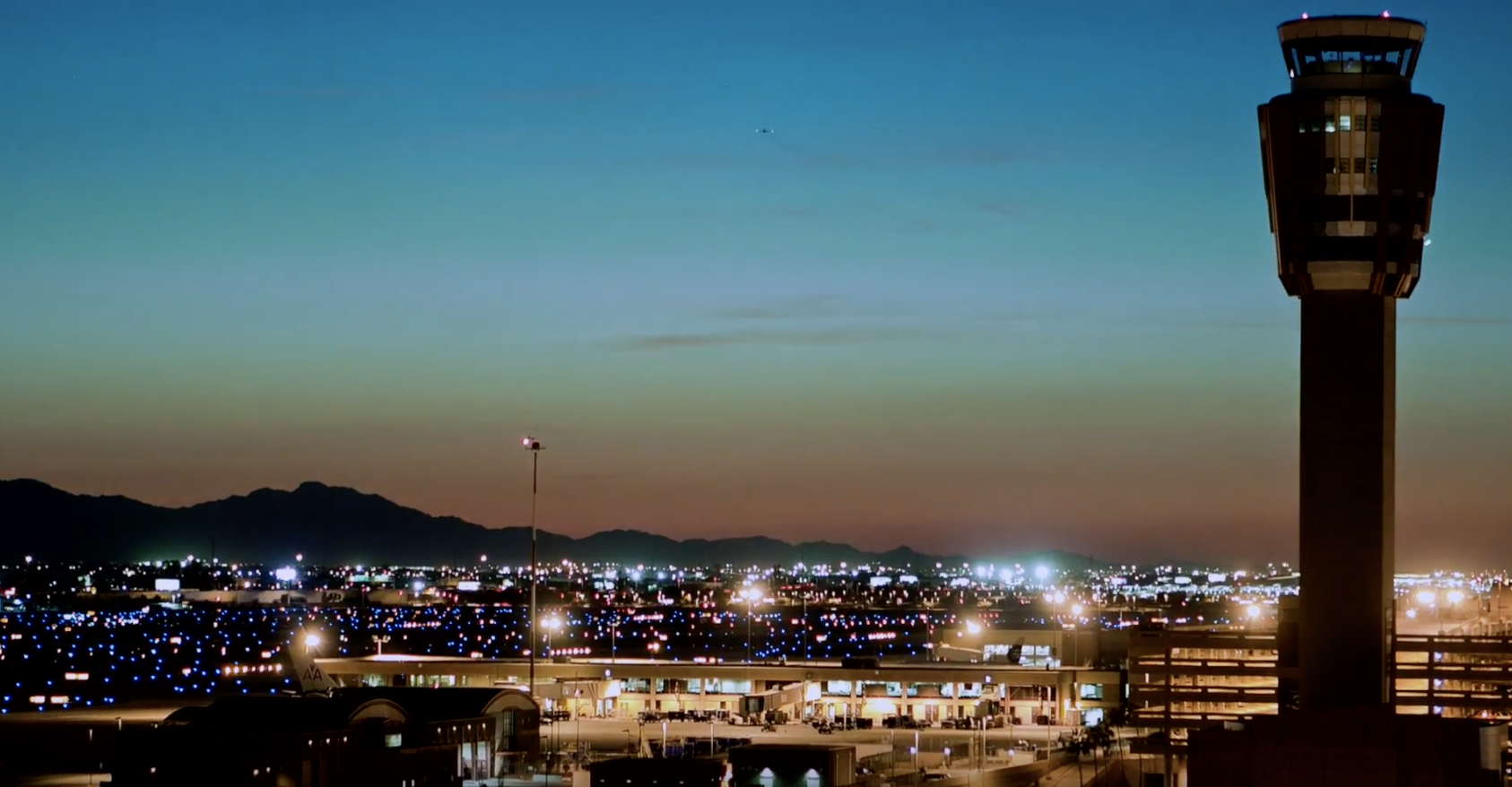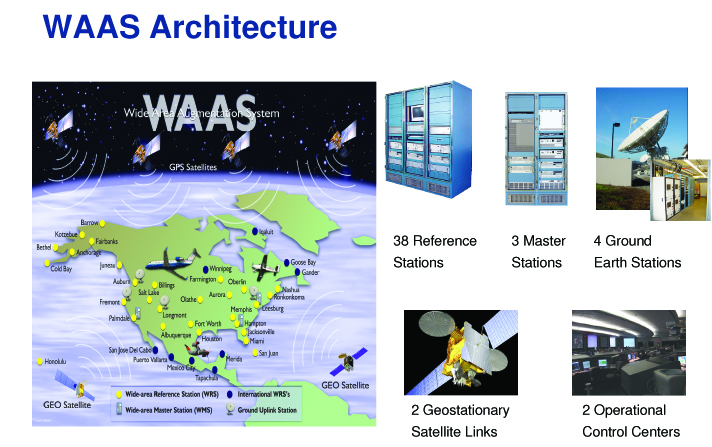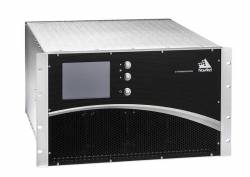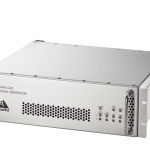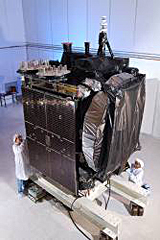The Federal Aviation Administration’s Geosynchronous Earth Orbiting 5 Wide Area Augmentation System (WAAS) navigation payload, developed by Raytheon’s Intelligence, Information and Services business, is now operational and fully integrated into the WAAS network. The GEO 5 payload joins two others already on orbit in correcting GPS satellite signal ionospheric disturbances, timing issues, and minor orbit adjustments, giving users increased coverage, improved accuracy, and better reliability.
“GPS alone can’t meet the FAA’s stringent requirements for accuracy, integrity and availability,” said Matt Gilligan, vice president of Raytheon’s Navigation, Weather and Services mission area in a press release today. “The WAAS network corrects even the slightest errors, and that provides peace of mind when it comes to safety of flight.”
In operation since 2003, WAAS increases GPS satellite signal accuracy from 10 meters to 1 meter, ensuring GPS signals meet rigorous air navigation performance and safety requirements for all classes of aircraft in all phases of flight.
WAAS provides precision navigation service to users across the United States from Maine to Alaska, as well as portions of Canada and Mexico. For aviation users, WAAS offers pilots more direct flight paths, precision airport approaches and access to remote landing sites without depending on local ground-based landing systems.
Raytheon is the system integrator on the GEO 5 system, which includes a WAAS navigation payload on Eutelsat’s GEO satellite, two ComSAT ground sites, and SED Systems specialized equipment.
Related reading: “Raytheon Launches GEO 6 Payload to Improve GPS Accuracy for Safer, More Efficient Air Travel”
Building for the Future
Raytheon executives, along with federal, state and local business leaders, recently dedicated the first of several new buildings in a major expansion of its facilities in Tucson, Arizona, where the company builds missile systems.
A ribbon-cutting ceremony took place in front of new structures that will house many of the 2,000 new employees the company is hiring to support business growth. The project will modernize as well as grow Raytheon’s missile-making operations.
“Our expansion supports the nation’s military, the security of America’s allies and the U.S., state and local economies,” said Dr. Taylor W. Lawrence, president of Raytheon’s Missile Systems business.
The 559,000-square-foot expansion will include an advanced testing facility, a multi-purpose building, a customer access center and several additional buildings, as well as infrastructure upgrades such as new laboratories and testing facilities, engineering and manufacturing enhancements, and high-powered computing capability. It is planned for completion in 2020.
Raytheon is the world’s largest missile maker. Its portfolio is relied on to defend the U.S. military and dozens of allies around the world.
“Given the high stakes, it’s imperative that we strategically and intelligently prepare for the threats ahead,” said Dr. Lawrence. “These new facilities fulfill that strategy by supporting evolving capacity requirements.”

